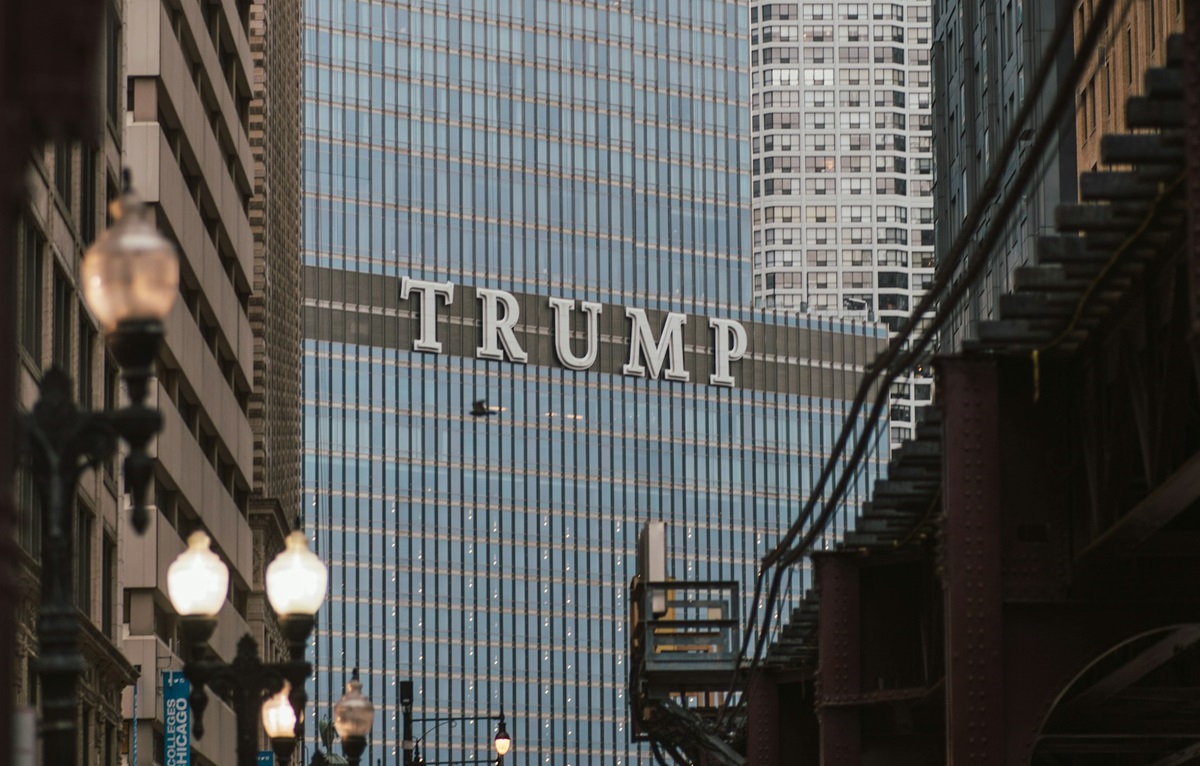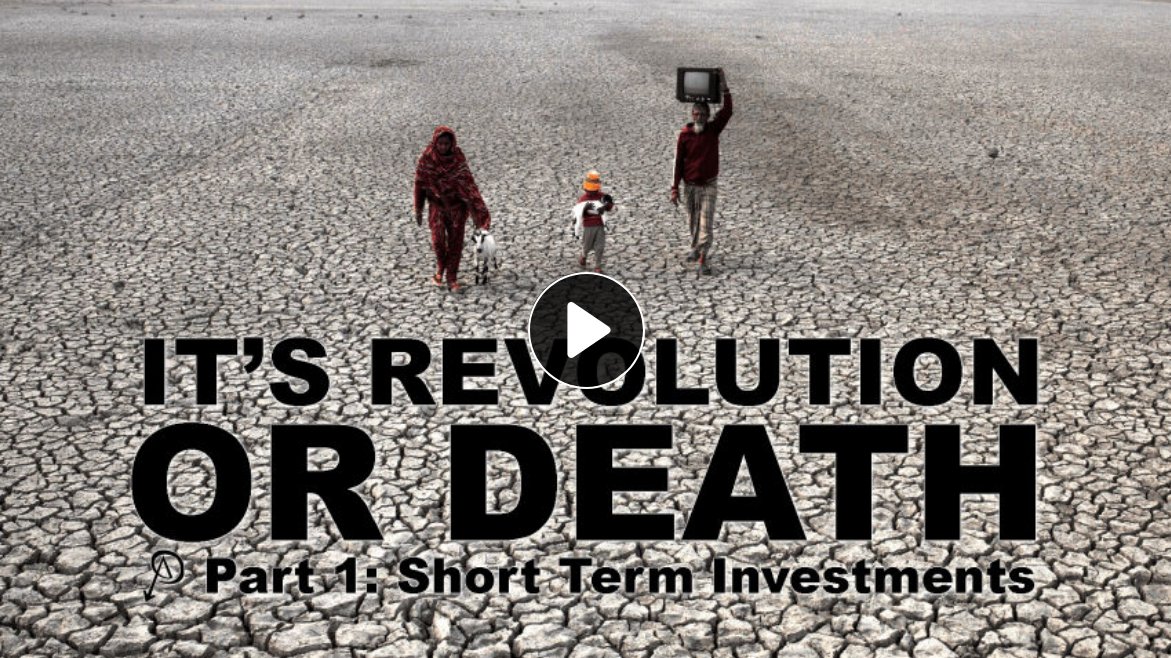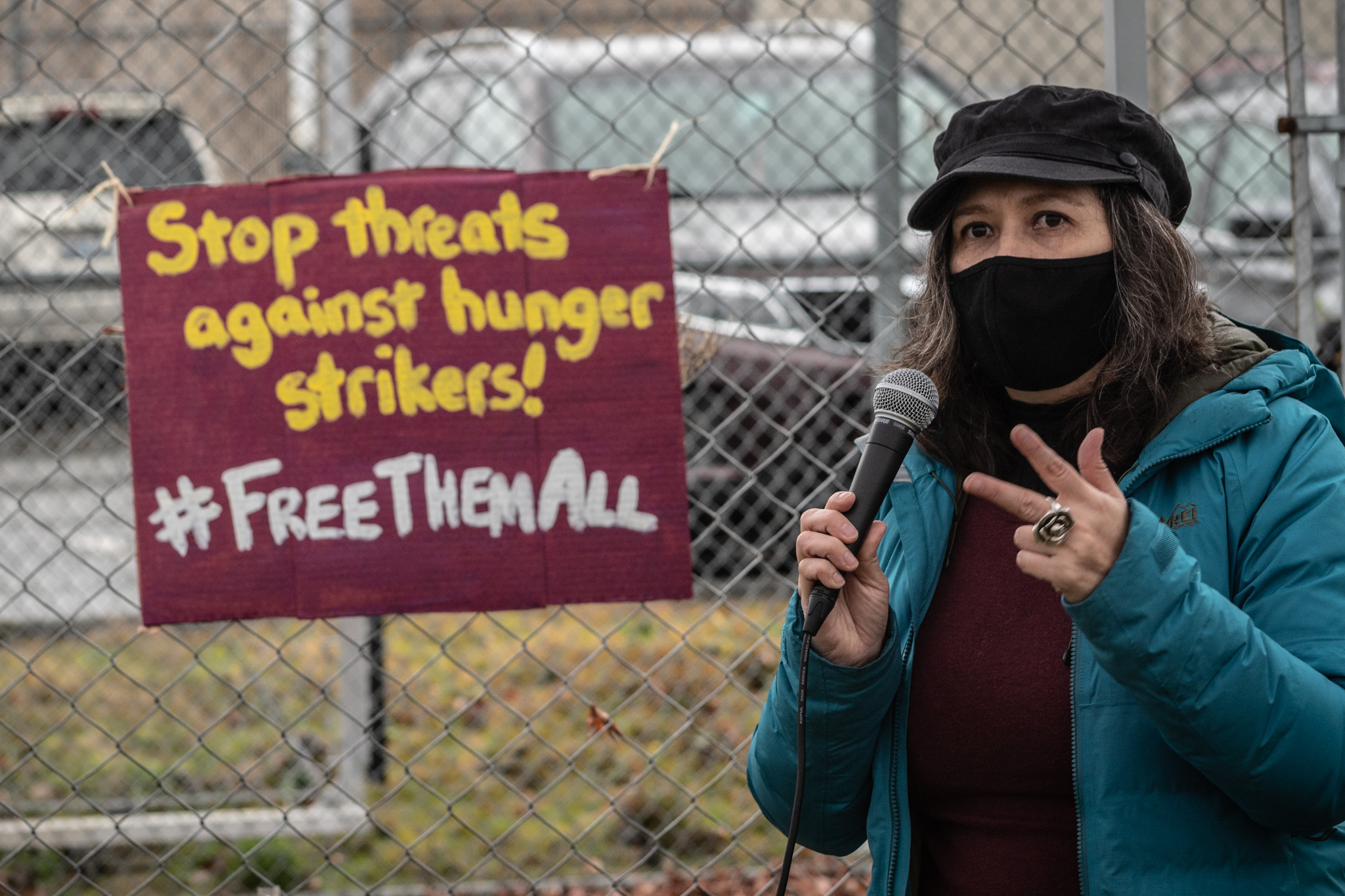Filed under: Critique, Development, Housing, Mexico

From Negación
Translated by Lucha No Feik
Presently in the vanguard city, Mexico City, the Federal District or however social democracy cares to designate this grey and stifling monster, the government is rapidly promoting gentrification projects, as well as mega urban projects with the “supposed” motive of social wellbeing, which includes the desire to make of this city a vanguard city. Miguel Mancera, current mayor of Mexico City, is bringing into fruition the projects of urbanization and gentrification which were previously headed by the former chief of government, Marcelo Ebrard, who himself continued the project of urbanization which began ages ago. The vanguard city, the name which the PRI party member Marcelo [Ebrard] gave Mexico City, has undergone with these two administrations very quick urbanization transformations serving certain ends: business interests, beautification of the city, raising the quality of life and the immanent onset of social control. Along with these drastic consequences is included: the destruction of the natural habitat (including both flora and fauna); the displacement of indigenous people from working-class neighborhoods out towards the periphery; a rise in rent prices; exploitation of the land and of the badly-named “natural resources.” All of which could be described as urbanization and gentrification.
Yesteryear in Mexico City
Anáhuac 1 finds its roots within three thousand years of human activity, and although the Aztecs were not the first to inhabit this basin, they did develop grand interventions on the natural environment. Since the 14th century water has been transported by way of an aqueduct from Chapultepec. Later, with the construction of a dam by Nezahualcóyotl, the inhabitants of Tenochtitlan and Texcoco were able to keep the brackish water at the bottom of Lake of Texcoco and thus were able to agriculturally develop on the islet of Tenochtitlan. With the goal of controlling the Aztec territory, the colonial project starting in 1521 absorbed the political structure established by the royal line of Moctezuma. In this way the towns that existed in the region before the Spanish arrival remained centers of their municipalities during the colonial period and many continue to be so to this day. This is important since urbanization did not happen haphazardly but rather progressed (and progresses) from following ancient settlement sites. In 1607 the Tajo de Nochistongo2 overflowed, which was intended to avoid flooding from the Marquesa [National Park] would not reach Zumpango3, redirecting any floodwater towards the basin of the Tula River. This was the first water divergence realized in Mexico City, which brought about disastrous consequences: the deaths of thousands of workers during its construction; destruction of the natural environment; and to top it off twenty years later the city was struck with the worst flood in its history. Ultimately it was with the dictatorship of Porfirio Díaz that there was a shift from a logic of containment, to a logic of expulsion by way of the Grand Canal, which filtered the Lake of Texcoco towards the Moctezuma River. And along the same lines, in the 60s the Túnel Emisor 4 was constructed to expel sewage towards the north.
Now in the 21st century, where there was once a great lake now there is to be found the greatest misery of the world’s cities, comprised of the colonias5 of Nezahualcóyotl City, Iztapalapa, Chimalhuacán and Chalco.
Since the 80s, Mexico City (understanding that this name designates not only the Federal District but also the whole urbanized part of the Valley of Mexico which surrounds it) is seen in the collective imaginary as the most populated and the most chaotic city. The processes of restructuring of Mexico City since those years can be characterized as a pro-business mode of urban management. These processes have led to gentrification following certain forms of occupation and real estate promotion with distinctive intensities. All this restructuring has been supported by urban business management, which has helped facilitate the realization of real estate mega-projects (we need only mention that between 1999 and 2011 there has been constructed 560,000 gallineros, or cheaply-build high-density homes here) the rehabilitation of the working-class neighborhoods, the fragmentation of the social fabric, the displacement of residents and of certain traditional cultural activities specific to those neighborhoods.
But what is gentrification & what is its end?
Gentrification begins as a process with little or no public investment, investment rather comes from private capital attached to a degradation of public services: there comes a stigmatization of condition of the areas, always mentioning marginalization and criminalization. Then comes real estate speculation on the land, since due to these conditions the cost of the land in working-class municipalities and neighborhoods is cheap. Subsequently after the construction of residential zones with their respective services, the price in the area begins to rise making it almost impossible to live in the area because of the rise in rent. The last option for the original population is to leave, or to move to the periphery (or to cheaper places) then onto occupying the few remaining natural areas left or the hillsides which still remain, expanding the urban environment to places typically meant for retirement. One way to accelerate gentrification is to halt people from joining NGO groups like “Neighborhood Assembly” (Asamblea de Barrios) who then symbolically occupy vacated spaces, hanging signs out their windows, which they then take on as their own property; while on other occasions when others occupy a building, it is the very same group who will violently evict them with the help of anti-riot soldiers. These evictions are already very common in Mexico City and they are not just directed against those squatting buildings, but those who “stopped paying rent.”
We would classify gentrification with the following axes:
Symbolic gentrification: tied along with private investment for the conservation of historic centers and neighborhoods meant for entertainment and cultural consumption; the relocation of informal markets that occupy the streets and public squares (and which according to Marcel Ebrard, make the city look ugly); policies against violence and “insecurity” and the promotion of tourism. In this regard, we could briefly mention the working-class neighborhood of Xochimilco where during the previous year (2015) the municipal government removed the informal market (which does not make much revenue for the government) from the city center which surrounds the municipal market, as well as prohibiting smalls busses from entering the city center; actions which lead to brief clashes with soldiers, occupation of police stations and blockades by transport workers. Currently there are talks of constructing a Wal-Mart in this same neighborhood, a project which has already found some “inconformities.” Lastly, it is important to point out that the current municipal government, playing its role well, is setting neighbors and market workers against each other, and has recuperated any protest by way of mediating any outbreak of major conflict.
The gentrification of industrial zones and their conversion headed by the real estate market in center-urban areas or on those on the periphery: The accelerated urban transformations by the management of Mexico City (now dubbed as CDMX), as well as the creation of new city centers to aid in the valorization of urban spaces; the possibility of the appropriation of potential higher rents; the securing of industrial chains and with this the attachment of corporate capital in Mexico City as a place of power and consumption.
Gentrification is, as people popularly say is a plan con maña 6, since the more mobile people are (which includes those on the periphery), the more they have need for a rapid and fast transit to get to their jobs, their schools, to the house of their partners or to go to the city center for entertainment which the capital has itself established. It is at this point that more investment is pumped into the creation of more private transit like commuter & underground trains, mexibus, metrobus and others. This obviously creates significant consequences such as worker exploitation, destruction of the natural environment, more displacements, etc.
Real estate developments in Mexico City are located in the upper circuit of the capital because they respond to the interests of transnational capital, which look for the highest returns in the most lucrative of locales to extract value, including those on the periphery of the system. This generates an increase in rents and local groups could see themselves benefit from this, but these persons already pay the highest rents per capita. The increase of differential rents with new investments, causes the reproduction of deep social contrasts and polarization, along with forms of fragmentation of the social fabric in the cities of Latin America; cities in which we find residential segregation on the basis of class and ethnicity and where we also find bourgeoning urban social movements.
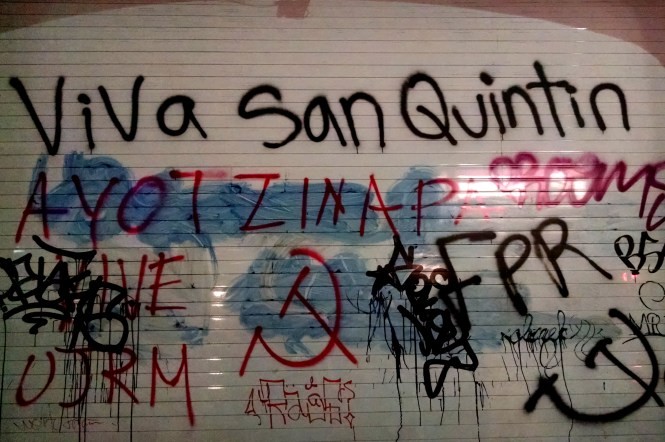
In the current restructuring context of Mexico City (which includes the whole of the Valley of Mexico), gentrification is a part of the restructuring of the city for the urban pro-commuter cycling process which includes the interests of real estate investors in collusion with the government, to invest in old neighborhoods in order to transform them into model and exclusive neighborhoods. These projects inject themselves into pro-business urbanism whose urban, public and public-private management favors the interests of the market, as they do across the world. Gentrification unifies and complements itself with mega-projects, bringing about not just the destruction of the natural environment, as well as foreclosing meetings points which even in this concrete jungle can help generate relations hostile to the system. Privatizing so-called “pubic spaces” is how they hope to paralyze this hostility which poisons the commercial centers with protests, riots, occupations and juvenile delinquency.

Specifically there exists three processes of gentrification in Mexico City
The rehabilitation of a good portion of the Historic Center is associated with the intense participation of the State of Mexico and of big private investors in a practically indissoluble fusion, ideologically making the best of the symbolic valorization found in this place in Mexican society, thus making a type of symbolic gentrification.
Revitalization of the historical neighborhoods of Roma, Condesa and Hipódromo Condesa as a process of commercial reactivation. A gentrification led by the real estate market to foster consumption. To this point we could also add the ZODES 7, which we will speak more on later.
And finally there is classical gentrification derived from substantial investment, violent social displacement, and the interest in capitalist modernization, which corresponds with the corporate center Santa Fe, and the indirect displacement which could be found in the neighborhood Slim and other developers of “Nuevo Polanco” with their grand projects of industrial, commercial and residential services for the global city.
An innumerable amount of urban mega-projects complement gentrification, which can also be taken as instruments of social control and domination: suppression of freedom, control of life, destruction of the natural environment, overcrowding in the periphery neighborhoods as a method to protect the centers of Capital and the expansion of the city to areas still untouched by urbanization.
The ZODES, City of the Future, an exemplar of gentrification
Examples of gentrification can be found with the municipality of Juárez and the Merced Market; but we can also include the rest of the ZODES that seek to plant themselves in Chapultepec under the name of the Cultural-Creative Corridor; the so-called Administrative City in the doctors municipality (a police city); and in the Cuahtémoc district there is the Green City and the City of Health in Pedregales.
The ZODES, the zones for economic and social development, are presented under the title of the City of the Future. The real estate project will be headed by the parastatal company of Mexico City, “Quality of Life, Progress and Development for the City of Mexico,” now known as ProCdMX and the “Promotion Agency of Investments and Development of the City of Mexico,” a private company which the city government favors and whose general director is the businessman Simón Levy-Dabbah. The ZODES, City of the Future, is composed of 528 hectares that go from the Estadio Azteca, all the way to the City University (from east to west), and from the Asphalt Plant up to Huayamilpas Park (from south to north. In this zone the urban project plans to transform the Asphalt Plant into a housing development, 37 stories in height. Another change includes the use of the ground floor for mixed commercial use. Lastly, the construction of the CETRAM8 are also planned . They will be enormous commercial squares which will also serve as stops for different transport routes. There are to be found at the University and Huipulco stations – similar to the stop found at the Rosario metro station. Meanwhile the few parks, like the one at Huayamilpas, which has an ancient history, will be converted into urban parks, asphalt zones with modern and attractive designs, with the capacity to be buildings as well. In the particular case of the park at Huayamilpas there is planned a construction of a building of three levels.
On the opposition to gentrification plans & some urban mega-projects
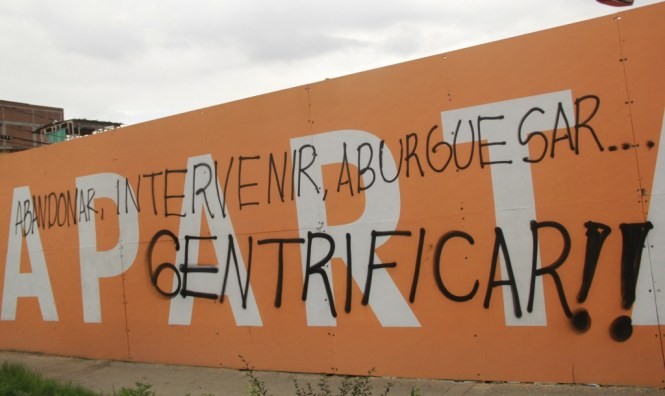
Unfortunately the experiences of struggles up until now against these gentrification plans and other types of urban projects have remained a very citizen-orientated response, one which has already in many cases been recuperated by the system and others which probably be recuperated soon. Within these citizen protests, it is also clear there are “limits” imposed by the system and by the very organizations involved. Blockades of avenues including barricades, a few clashes with the police, agitation against these projects of the powerful are a few of the tactics used against the projects of the city government and the businesses in collusion. But in many cases, even when these clashes of protest and rebellion are radical in their form, in their content they persist with citizen-orientated demands, with no intention of overcoming or going beyond them. Looking at the [Mexican] anti-prison struggles or the rebellious clashes of the prisoners (revolts, riots, killing of C.O.’s, escapes), these clashes of inconformity, by not having a more or less clear and deeper perspective, they are then easy to recuperate by the system; through lasting agreements and mediations, the struggle is stifled along with the possible propagation of radical acts of protest.
Few are the struggles against the projects of the powerful, on the [Mexican] national territory, that keep outside or on the margin of any intermediation, dialogue, mediation direct or indirect with the institutions of the State. Most struggles do not advance in their practical-theoretical sense since their sole task is piecemeal, and not total. And the means they take can be recuperated by the system, since often the sole response (resistance) possible is attached the legality, to what they perceive as “legitimate” struggle and civil disobedience. But even whey they use radical methods, the matter is still a problem of depth and perspective: they ask for more work, seek to maintain the cities intact, bring up security issues and the matter of political differences between political parties.
Leaving by the wayside economic questions, the critique and struggle is against power
We think that to exercise a critique and plan of action that attacks these (and other) projects of the powerful, the same which stifle our existence, our lives and which destroy what’s around us, we must embark from a place beyond discourse and the (recuperated and recuperable) action of citizenism, which is the fall of some social and Leftist movements; further, we must embark from a place that is critical of citizenism, from a place radically contrary to the recuperative logic of citizenism: petitions, gathering of signatures, letters directed towards members of government, legal assistance, etc.
The critique and struggle of us as anarchists against any project of the powerful must distance itself from any economic and citizen-orientated argument. To demonstrate the existence of our reality around us does not bind us to a citizenism, which many activists cling to, since our struggle is not to maintain the cities and working-class neighborhoods intact, but to attack Capital by way of attacking their mega-projects. Our struggle is one of subversion of our social roles, subversion of reality and its relations, subversion by attacking issues which affect many of us, to find points in common from which we can propagate insurrection for anarchy, for the destruction of power. These points in common can arise out of specific struggles (insurrectionary projects) where we practice the principles of self-organization, permanent conflictuality, self-management and the attack. Or they could also derive from direct and immediate expressions of revolt which can give way to a generalized subversion under an anti-authoritarian perspective.
This subversion which we speak of could not come to pass without practicing sabotage in its fullest capacity, for example, attacking construction machinery with means easily elaborated and propagated, or attacking businesses that make these mega-projects possible; as well as making use of self-organization and conflict.
Besides destroying the place where we live, gentrification is yet another method the system makes use of to exert social control and domination, and as such, should be critiqued and attacked, for present and future of freedom.
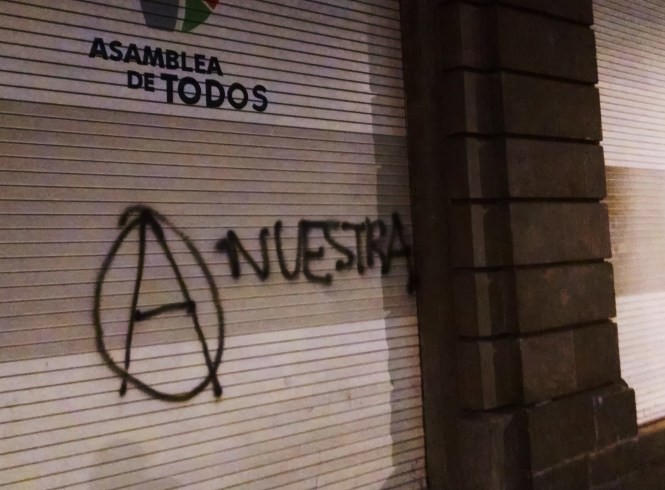
- native name for the current location of Mexico City ↩
- a system of rivers, canals and arroyos which existed on what was the former Lake of Texcoco constructed by the Spanish to stem flooding of the city ↩
- a municipality located to northeastern part of the state of Mexico ↩
- a large drainage pipeline ↩
- Mexican municipalities ↩
- a plan which one performs astutely but without trying trying to give off that you desire its object ↩
- Zone for Economic and Social Development ↩
- Multimodal Transfer Centers ↩



